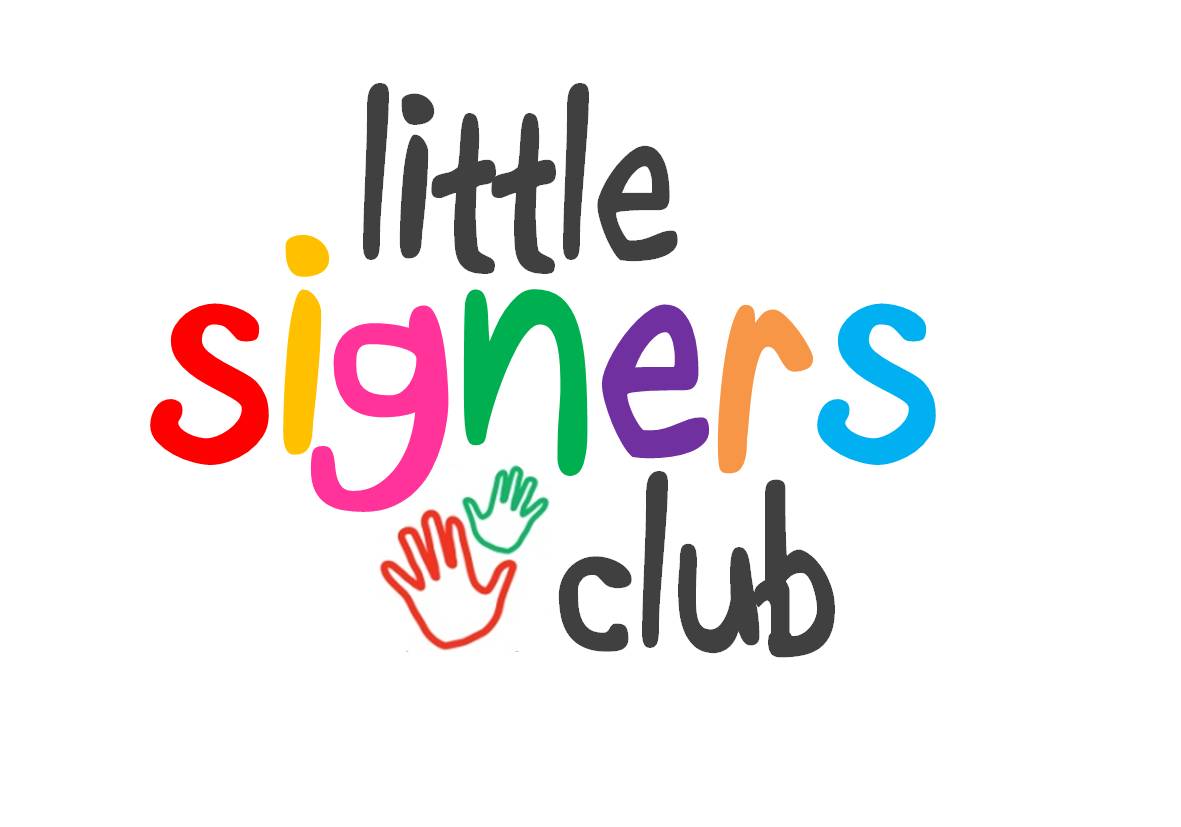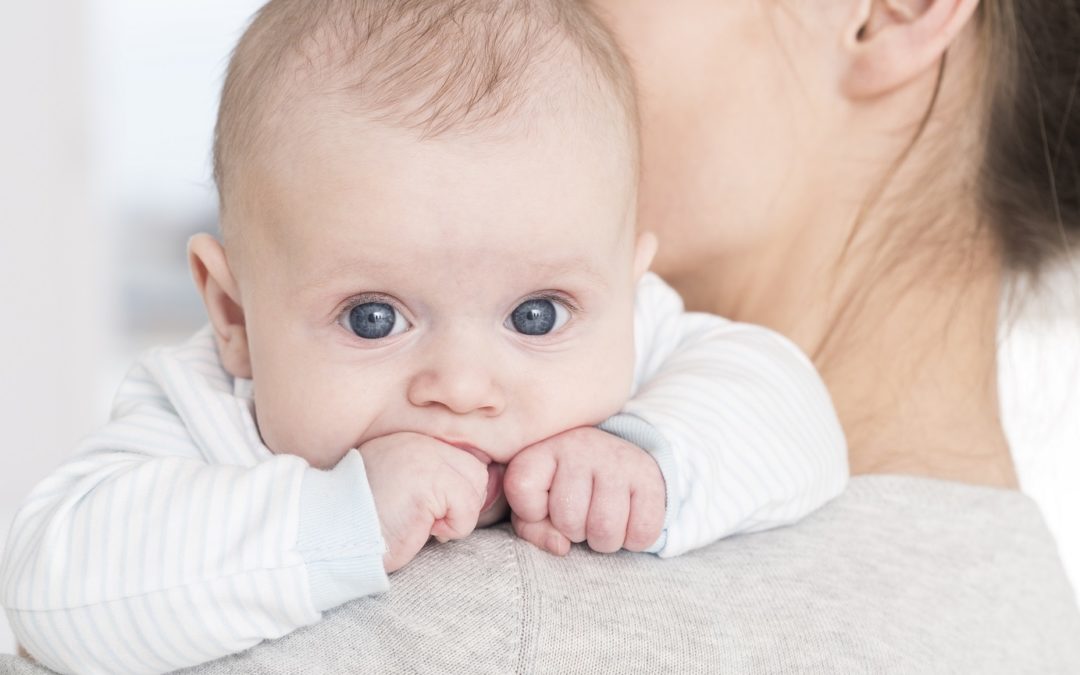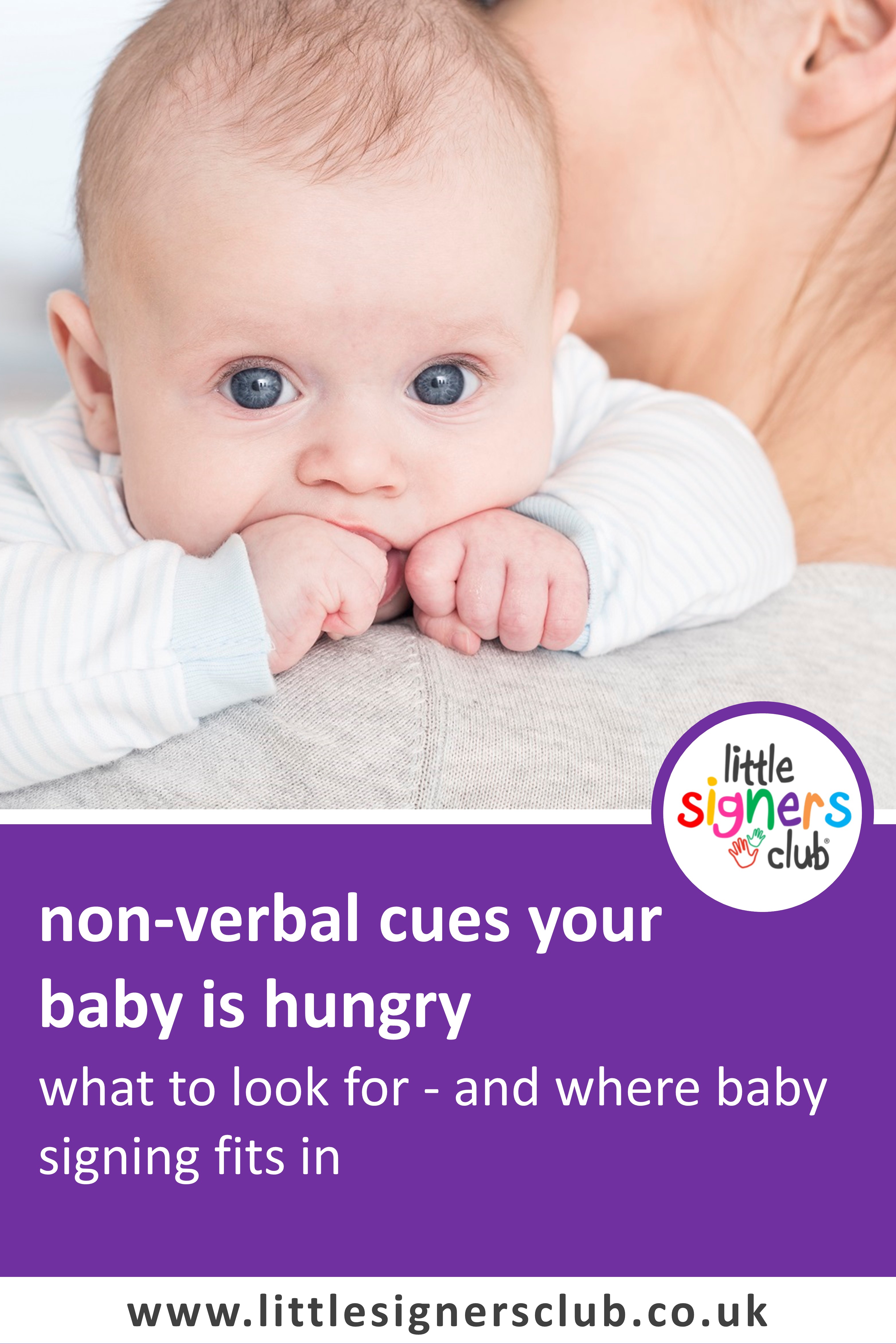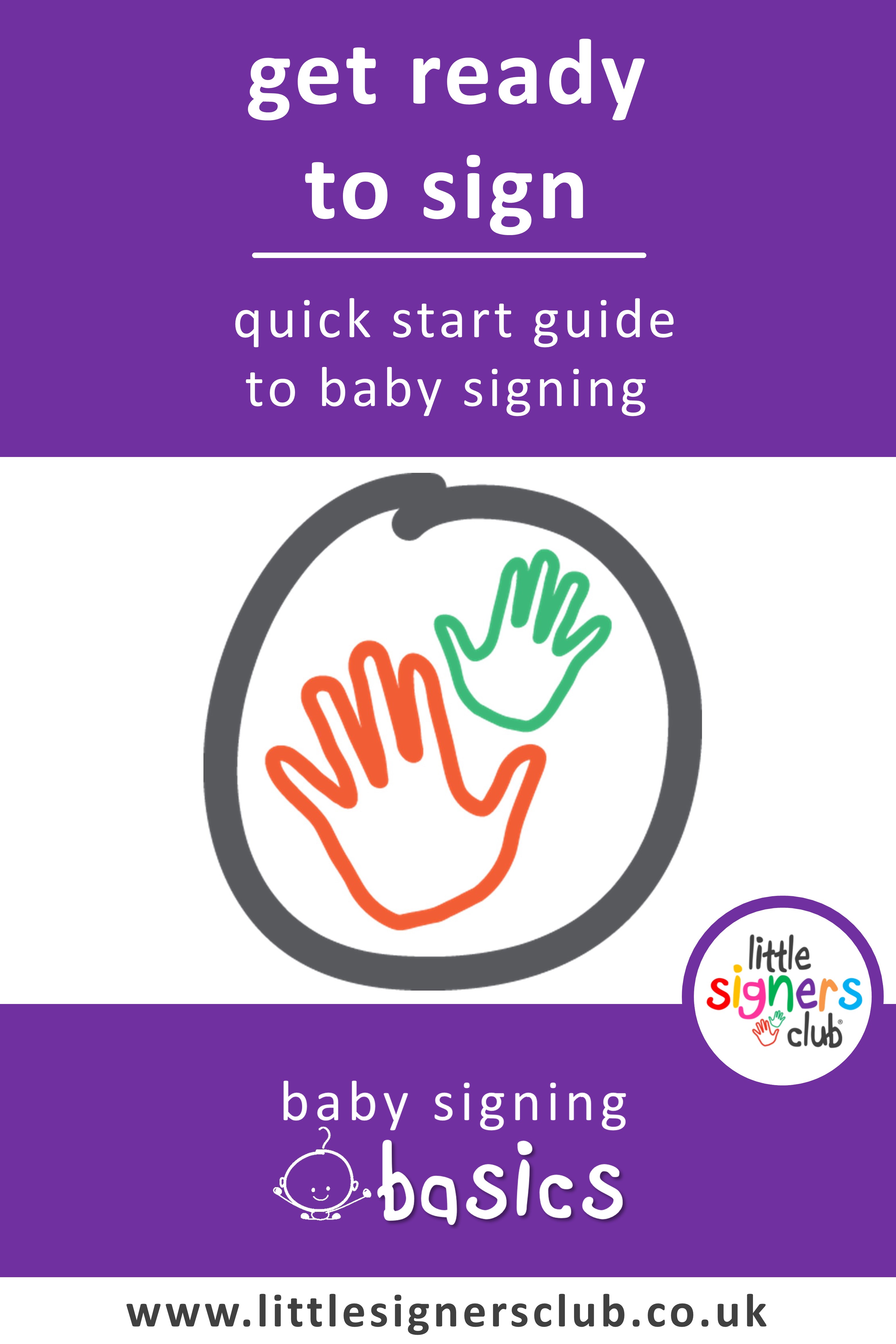Non-Verbal Cues Your Baby is Hungry (what to look for and how baby signing fits in)
Wouldn’t it be incredible to be able to understand exactly what your little one wants?
This parenting malarky is hard.
Harder than you expected – and certainly harder than anyone cared to divulge to you before hand.
We all desperately want to get things right, first time. But there isn’t a manual written for your gorgeous baby and somehow, baby and you have to figure it out, gently, together.
When everything is new and you are tired, it can be so hard to recognise your baby’s needs.
Luckily, babies are very clever at letting us know that they need us to help them with something – before they start to cry..
They give us lots of subtle cues (ok, sometimes VERY subtle cues!) that, if we manage to observe them, can give us a clue as to what might be wrong.
In turn this shows us how to go about helping even very young babies to feel seen, soothed, safe and secure again.
“Time with a loved one, in whose company you feel very safe, can give you a wonderful feeling of wellbeing.”
Margot Sunderland,
Are there cues that your baby is hungry – before they cry?
Yes there are! Some are more obvious than others but you may recognise some of these signs already.
If you’re new to mothering and are unsure of how to read your baby’s pre-cry cues for hunger, look for the following signs:
- making sucking sounds or little sucking motions
- sucking on her hands
- snuggling or rooting at the breast – increased alertness or activity
- making rooting motions
- clenching his fists by his face
- brushing a hand across her face
- putting her fist in her mouth
(Excerpt from The Drinks Are On Me by Veronika Robinson, used with kind permission).
Where does baby signing fit in?
Babies can understand and recognise signs much earlier than they are able to make signs for themselves; the sign for Milk is very probably one of the first signs that you will start using with your baby and possibly from a very young age.
When my little boy was a newborn, I introduced him to 3 first signs from around 2 weeks old – Milk, Nappy Change and Bath.
I was absolutely not expecting him to sign at that point in time – but very early on I could tell by his body language, his smiles and attention to my hands that he recognised the signs with the words and, more importantly, what that meant for him.
Baby signing is also a non-verbal cue
One the massive benefits of using baby signing this early on was that my little boy became calmer because he KNEW that I recognised his needs and I had shown him that I would be attending to them.
Baby Body Language – did you get it right?
In this video you’ll see gorgeous Quinn signing Milk at 6 months old. Milk tends to be one of the first signs that your baby masters and remains such an important sign throughout babyhood and well into toddlerhood.
I love this video so much. Even though he is non verbal at this stage you can see how important body language is as a ‘confirmation’ tool, if you like. His mummy checks to make sure she has understood his signing and repeated the word and Quinn gives her such a big smile!
Yay! Mummy got it right and now Quinn knows he is understood.
Don’t underestimate baby signing!
Simple signing can make the world of difference to babies, toddlers and well into childhood.
It also means that you, and your baby, have exactly the right tools to communicate with each other confidently – right from the very start.
Crying and tears are a last resort for babies, not the first cue they use to show you what they need.
Being able to understand your baby with ease brings contentment and joy to your relationship that lasts and lasts and really makes the most of this precious time.
(First published May 2012 © Little Signers Club)

Shelley
Founder | Speaker | Author | Chief Bubble Tester | Mum
Shelley is the founder of Little Signers Club and has been teaching little ones, and their grown ups, how to use sign language for accelerated communication and understanding since 2005.
Kindly regarded as an expert in her field, Shelley regularly contributes to Childcare Expo, has been featured on BBC1, BBC Radio, in Junior Magazine, Gurgle Magazine, and was a contributing author for ToddlerCalm; A Guide to Calmer Toddlers.
She has three children of her own and, when she is not sharing her love of baby signing with the world, can be regularly found toasting marshmallows over a campfire.







